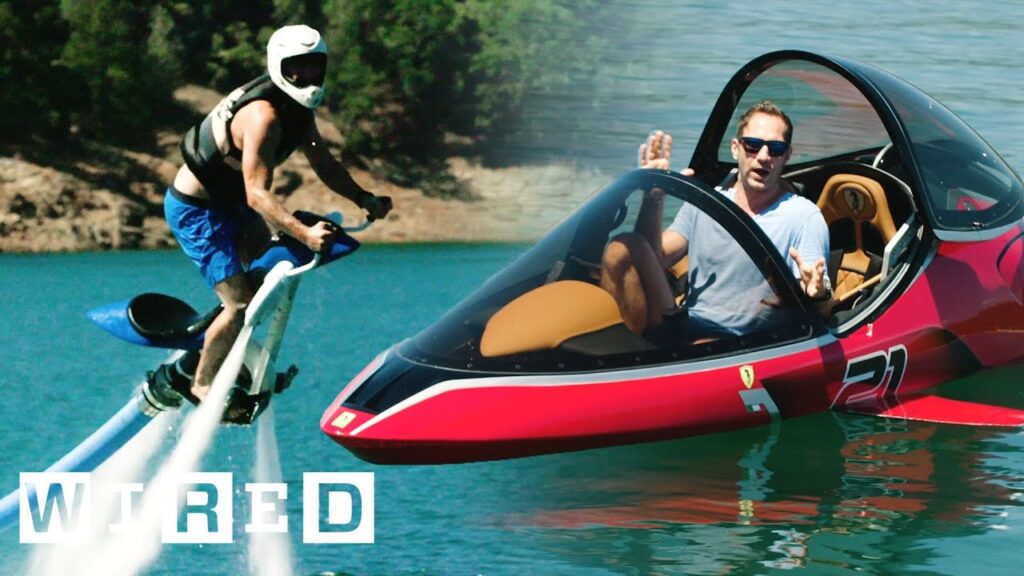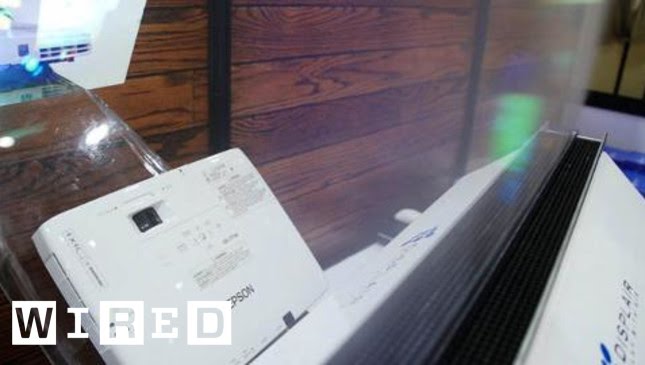Ocean1K: The Robotic Diving System That Goes Where Humans Can’t
Summary
In this article, we will explore the innovative Ocean1K robotic diving system, which was designed to explore the depths of the ocean and handle delicate objects without breaking them. We will discuss its unique features, such as its haptic system, lightweight arms, and four fingers made of a material that is better for sticking to objects underwater. We will also delve into the novel solutions developed by the team to maintain the robot’s shape and ability to float at depths of up to 1,000 meters.
Table of Contents
- The Design and Features of Ocean1K
- Novel Solutions for Maintaining Shape and Ability to Float
- Ocean1: Robotic Device for Underwater Operations
- The Future of Ocean1
The Design and Features of Ocean1K
Ocean1K is a robotic diving system that imitates the human shape and can go to depths that would kill a human diver. Its unique design allows it to handle delicate objects underwater without breaking them. The robot has lightweight arms and four fingers made of a material that is better for sticking to objects underwater. It also has a stereo and haptic interface that allows operators to see and feel what the robot is doing.
One of the most impressive features of Ocean1K is its haptic system, which allows operators to feel what the robot touches. This is particularly useful when handling delicate objects, such as artifacts on the ocean floor. The haptic system provides operators with a sense of touch, allowing them to determine the texture, weight, and other properties of the object.
Novel Solutions for Maintaining Shape and Ability to Float
Ocean1K was designed to go 1,000 meters underwater, which presented a significant challenge for the team. To maintain its shape and ability to float, the team developed two novel solutions using foam. The first solution involved using syntactic foam, which is strong and lightweight. The second solution involved using foam to create a buoyancy module that could be adjusted to compensate for changes in depth.
These solutions allowed Ocean1K to maintain its shape and ability to float at depths of up to 1,000 meters. This is a significant achievement, as most diving systems are unable to operate at such depths without collapsing or losing their ability to float.
Ocean1: Robotic Device for Underwater Operations
In addition to Ocean1K, the team also developed Ocean1, a robotic device designed for underwater operations, such as exploring shipwrecks and pipelines. Like Ocean1K, Ocean1 is made of syntactic foam, which is strong and lightweight. The arm of the device is filled with oil to protect sensitive electronics from the high pressure of deep waters.
The team tested the first prototype of Ocean1 on a shipwreck in 2011 and dived on several sites throughout the Mediterranean between 2021 and 2022. The device was able to retrieve a vase from a Roman shipwreck and explore the Crisp. These successful tests demonstrated the potential of Ocean1 for underwater exploration and operations.
The Future of Ocean1
The convergence of technologies from computer technology to material to maturity of the field of robotics is finally helping robotics to move forward. The future of Ocean1 involves better integration and placement of components for easy servicing. With continued development and innovation, Ocean1 and Ocean1K have the potential to revolutionize underwater exploration and operations.






